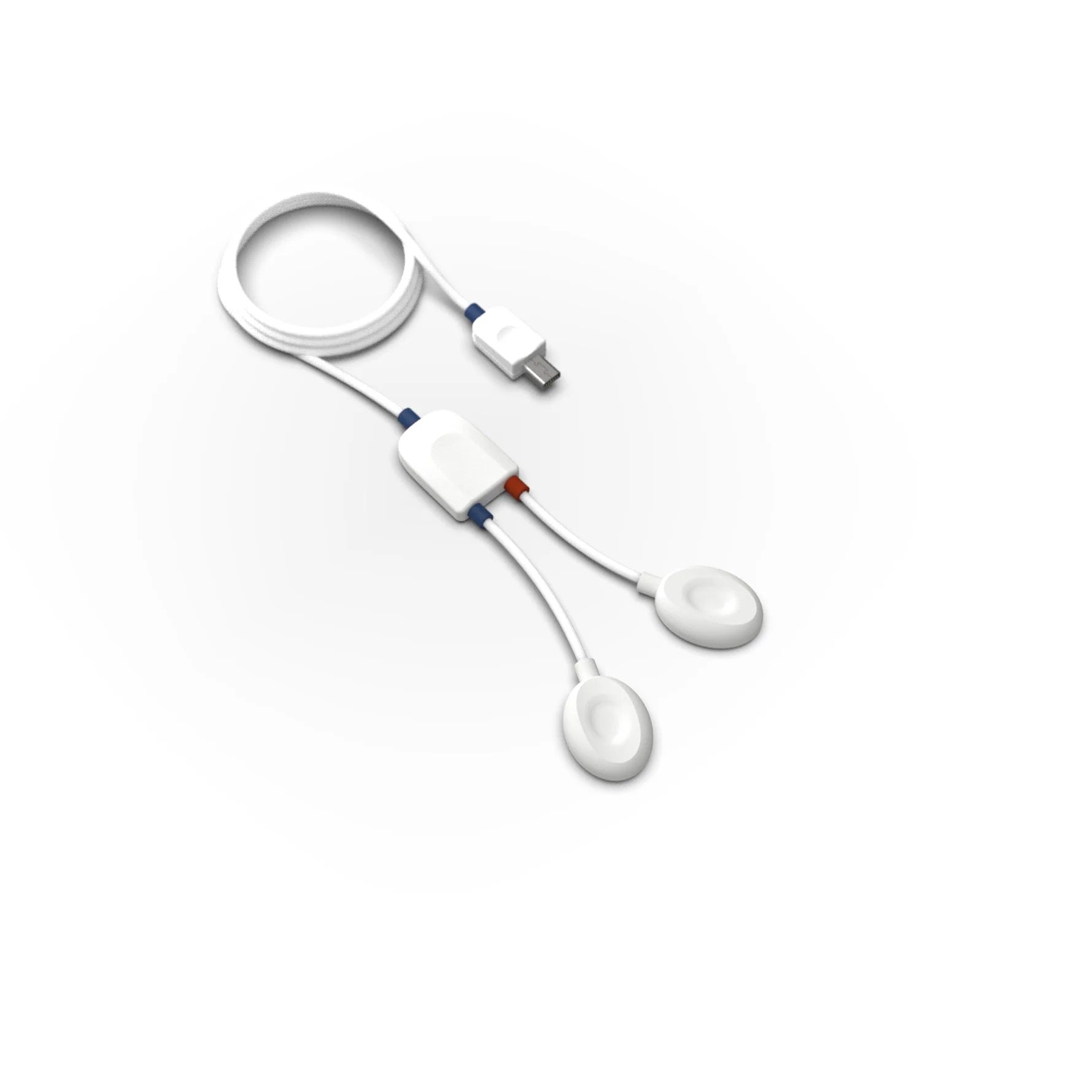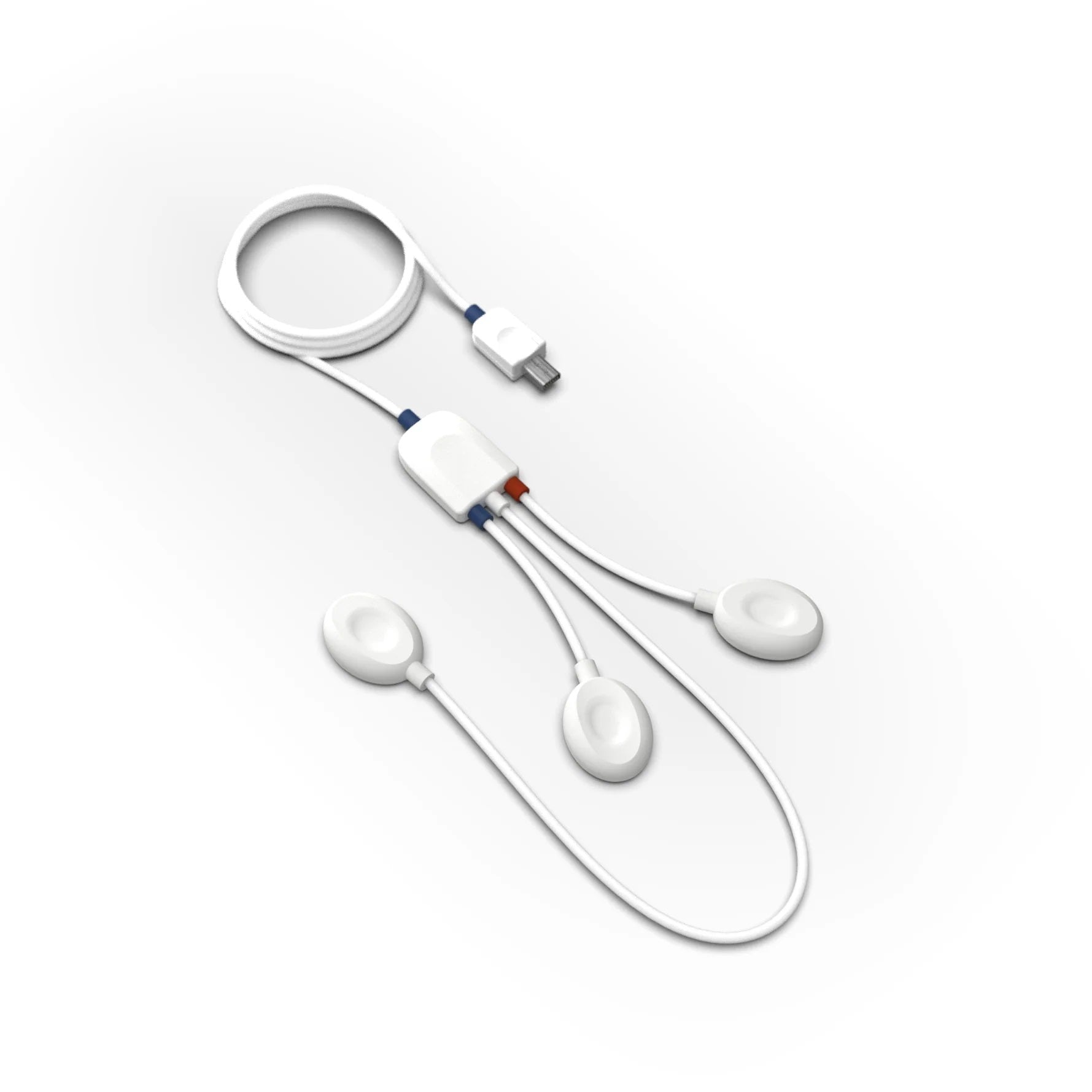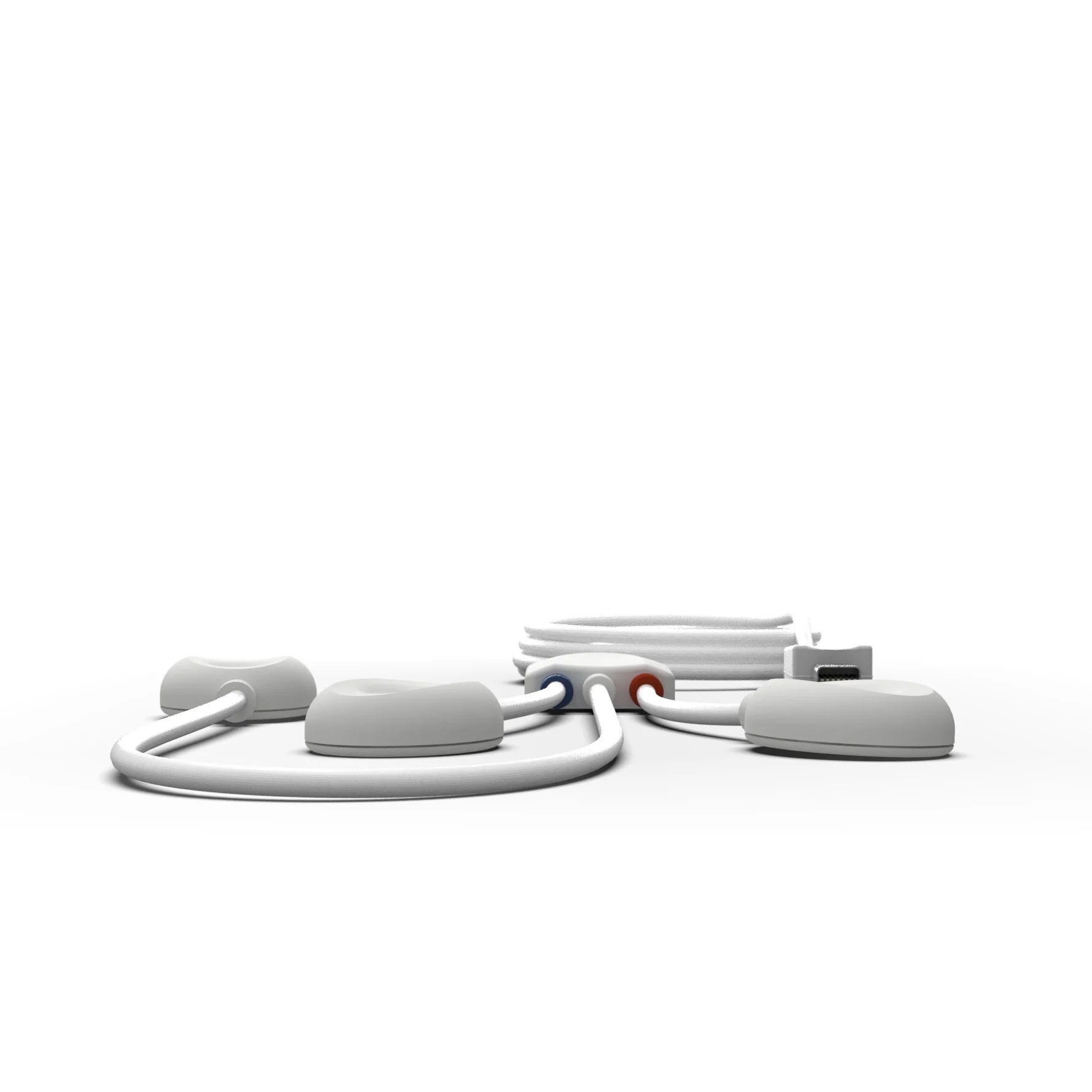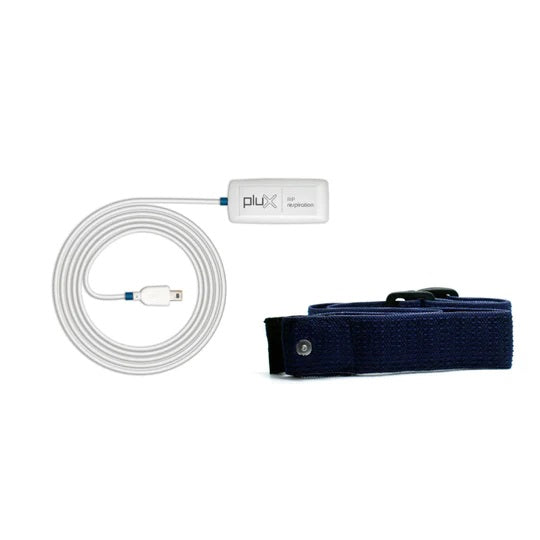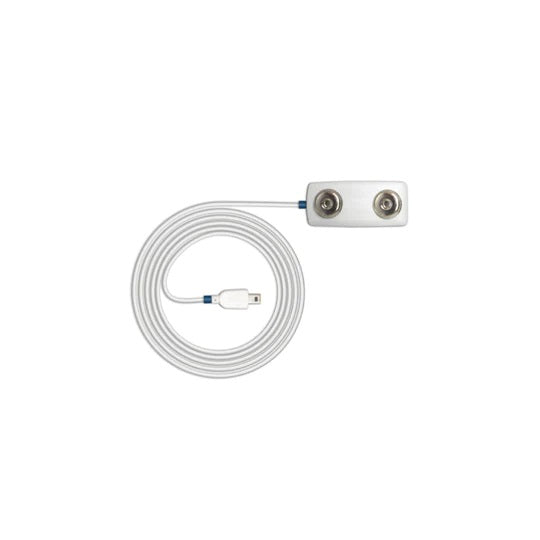What is biometrics?
The term biometrics comes from ancient Greek and refers to a science that focuses on measurements of people and other living things. In a technical context, it usually refers to biometric methods of identity verification. A typical example is unlocking a smartphone using a fingerprint or facial recognition. There are two methods:
Verification: users first enter a name or ID, after which their identity is verified using one or more biometric characteristics.
Authentication: here, biometric authentication is sufficient; it is not necessary to enter a name or similar data.
The advantage of this biometric process is that people have a wide range of unique characteristics. These include fingerprints, hand lines, irises and voices. These distinctive features can be used to carry out authentication easily and securely.
This is how biometric authentication works
Two components are used in biometric authentication processes:
the biometric scanner: This is used to capture the biometric feature. Depending on the method, users either use standard cameras or special biometric sensors.
a database: This is where the stored biometric data is located – either locally on the respective device or decentrally on a server.
Biometric authentication is based on hardware and software comparing the captured data with the data stored in the database in real time.
A wide range of biometric authentication methods
Numerous methods have been established for biometric authentication. They often relate to the following biometric characteristics:
- Fingerprint
- Face
- Iris
- Voice
- Gait
- hand lines
Heart rate and other physical signals can also be used for identification purposes. The methods and the required components differ. In some procedures, such as smartphone unlocking via facial recognition, the built-in camera records the biometric feature. However, this 2D method has certain security deficiencies, which is why premium manufacturers such as Apple rely on the more complex 3D method. To do this, the producers use infrared light sensors, among other things, to measure the face in detail.
When authenticating with a fingerprint, there is an even wider range of technologies. These sensors are suitable as fingerprint scanners:
- optical sensors
- capacitive sensors
- ultrasonic sensors
- thermal sensors
Biometric sensors in practice – examples
Smartphones are the best-known example of biometric authentication. When unlocking with a fingerprint or facial recognition, users benefit from a high level of security and user-friendliness.
Biometric identification plays an important role in many other technical applications. Access control systems deserve a mention: biometric data replace keys, chip cards and access codes. These access control systems also offer high security and ease of use.
Buy biometric sensors from market leaders
Do you need biometric sensors for your project? Do you want to set up your own access control system? Are you developing authentication modules for computers or machines? Here at EXP Tech, you will find the right sensors and complete biometric scanners from renowned manufacturers such as PLUX!

